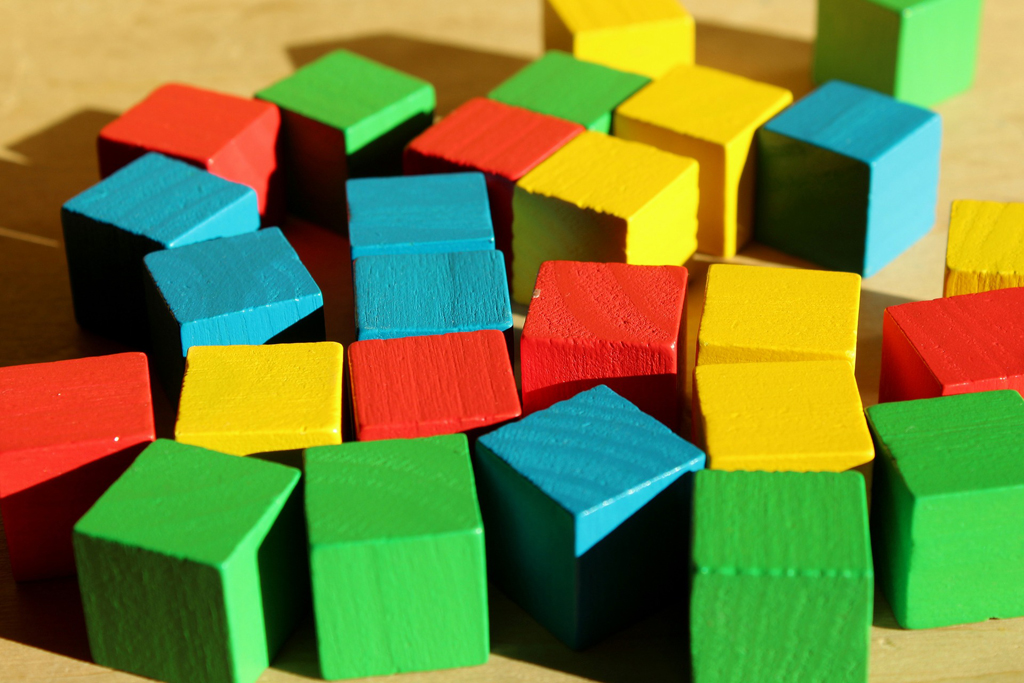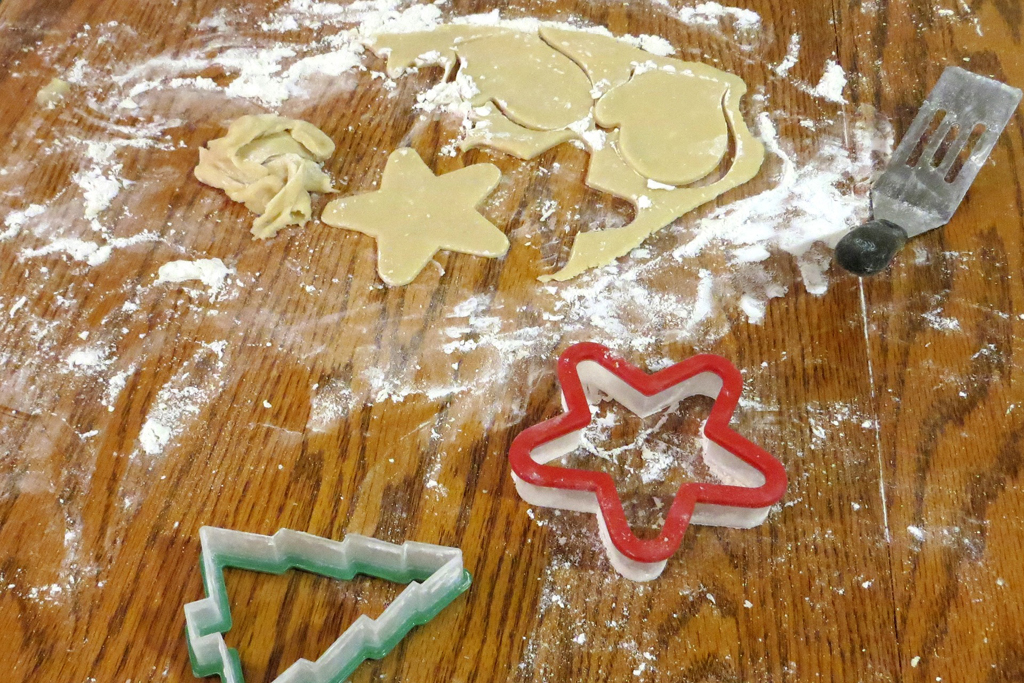Strategies for Teaching Basic Shapes and Colors
If you have a child that is getting ready for kindergarten, you are probably trying to make sure they are as ready as possible. One of the areas that children need to learn at a young age involves shapes and colors. These skills are important for making sure children are ready to start their journey at school.
First, let’s focus on colors. Usually, children start to pick up on colors at around 18 months of age. Many children are able to name several different colors by around three years of age; however, this area can also be frustrating for parents. As a parent, you might have found that teaching your child colors isn’t nearly as easy as teaching them their numbers or their ABCs. Why is this the case?

The Complicated Art of Teaching Colors
“My child thinks that every color is blue.” Does this sound familiar? If so, you are not alone. Many children think that every object is the same color, no matter what. This is because colors are more abstract. For example, teaching your child to name shoes, vehicles, and toys is a concrete exercise. They have a defined structure. On the other hand, colors are more of an exercise in visual perception. For this reason, it is harder for toddlers to learn their colors. Fortunately, there are ways that you can help your child learn their colors!
Use Everyday Activities
Most parents start to teach their toddlers their colors at around two years of age. Start with bright colors first. This will help you hold their attention. The basic colors are farthest apart from each other in terms of appearance, so go with red, green, yellow, and blue. Make sure your toddler understands the basic concepts behind these four colors before you try to progress beyond this point. In order to get them to learn these colors, there are a few fun activities in which you can engage. These include:
- Involve Your Child in Meal Prep: If you take your kid shopping with you, try to get him or her involved! Children are naturally curious. They might like to touch or play with fruits and vegetables. Quiz your child on the names of these foods. Make him or her say, “red tomato” or “green apple.” This will help your child learn new colors.
- Compare Identical Objects: When you ask your child to compare objects, they are going to naturally focus on the differences in shapes. For example, if you show your child a blue jacket and a red ball, they are just going to see a jacket and a ball. They will not notice the color differences. Therefore, compare identical objects instead. Show your child a red ball and a blue ball. Then, ask for the color differences. This will help your child learn his or her colors. The human brain learns by comparing and spotting differences.
- Try Hand Painting: Toddlers learn better when they can touch the objects in question. This holds their attention, enhances their sensory skills, and challenges their creativity. While this might be a little messy, give hand painting a try! You can even use homemade finger paint! Drape a vinyl cloth on the table and have your child go to work! If you are brave, join them! Quiz them on their colors as they create works of art. If your child has the hang of it, you can slowly start to mix colors and introduce more terms such as orange, black, brown, and purple.
- Challenge with Games and Puzzles: As your child gets more comfortable with colors, it is time to try games and puzzles. Get alphabet blocks, color matching games, and even puzzles. Pull the games out and let your child learn letters and numbers while tackling colors at the same time.

These are a few of the many options for helping children learn colors. While this takes some patience and abstract thinking, there are plenty of creative ideas for helping your child learn his or her colors. What about shapes?
Why Teaching Shapes Is Important
If your child is getting ready for kindergarten, it is important for him or her to learn shapes. There are a number of important skills that are built on shape recognition. These include:
- Communication: When children learn their shapes, their communication skills are going to grow because they will be able to describe objects more accurately. They can come up with helpful phrases such as “square box” and “round cookie.”
- Creativity: Your child will also be able to transition from stick figure drawings into more creative realms using shapes. This will help your child see the world differently.
- Sorting: Children use shapes as a method for classifying objects. When children can categorize objects, they will be able to recognize similarities and differences more quickly.
If you feel like your child is having trouble learning shapes, know that you are not alone. This can be a challenging activity for toddlers to understand. On the bright side, there are several strategies that you can employ to help your child learn his or her shapes.
Use a Shapes Chart
One of the top places to start when it comes to teaching shapes is to use a shapes chart. Start with the most basic shapes a child will encounter. It might be a good idea to start with only three shapes:
- Circle
- Square
- Triangle
Ask your child to point to these three shapes and name them appropriately. Then, ask your child to try and trace them on top of the paper.
Once your child has mastered this activity, try a matching game! Next to the three shapes, place three objects:
- A wheel
- A present
- A “kids crossing” sign
Ask your child to match the shapes together. Once your child has mastered this activity, you can repeat it with more shapes. Try adding a rectangle, diamond, and oval. This is how you can gradually grow your child’s shapes inventory.
Teach Shapes with Games and Puzzles
After your child graduates from these basic steps, you can introduce more options as well. You can take play-dough and ask him or her to make shapes out of the material. You might want to try a game such as “Perfection” that asks children to match shapes to the relevant holes. Try to have your child describe objects with the shapes in front, such as “square window.” This will help your child reinforce the names of shapes found in everyday society in addition to adding a new way for your child to describe the world. Your child might even be able to tell a story using shapes.
Check out our Printable Kindergarten Worksheets covering all types of learning activities, but especially Shape Classification and the Shape Scavenger Hunt.
Teaching Shapes and Colors to Children
It is important for your child to learn basic shapes and colors before starting kindergarten. If you think that your child is having trouble learning shapes and colors, that is okay! There are plenty of toddlers who have trouble with these concepts. It is important to be patient with your child and start slowly. Eventually, your child will get the hang of his or her shapes and colors. Then, it might be hard to stop them from using their newfound descriptive powers! Give some of these ideas a try!